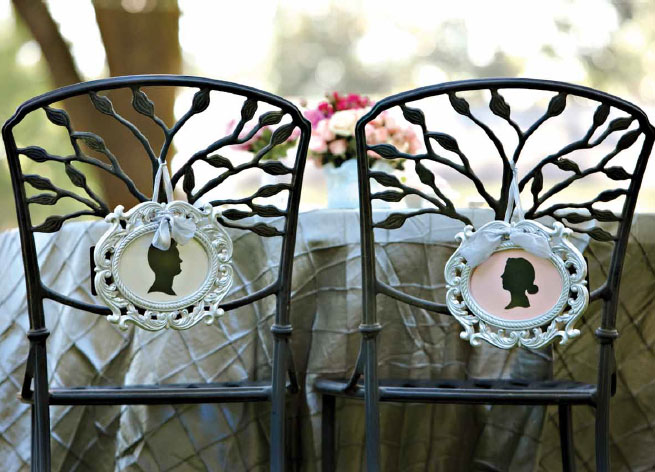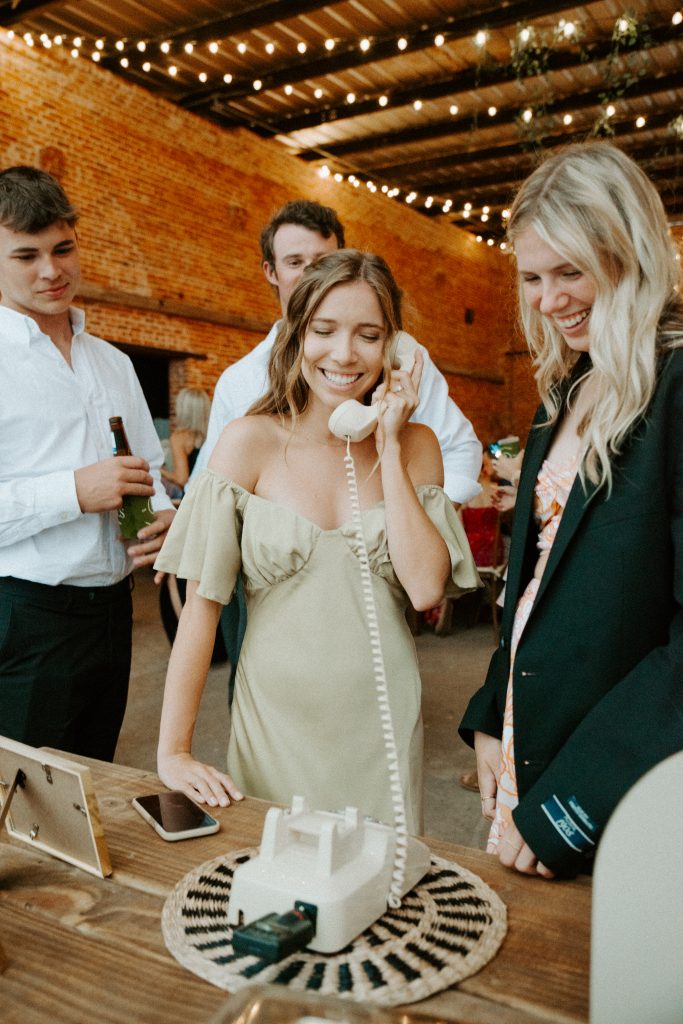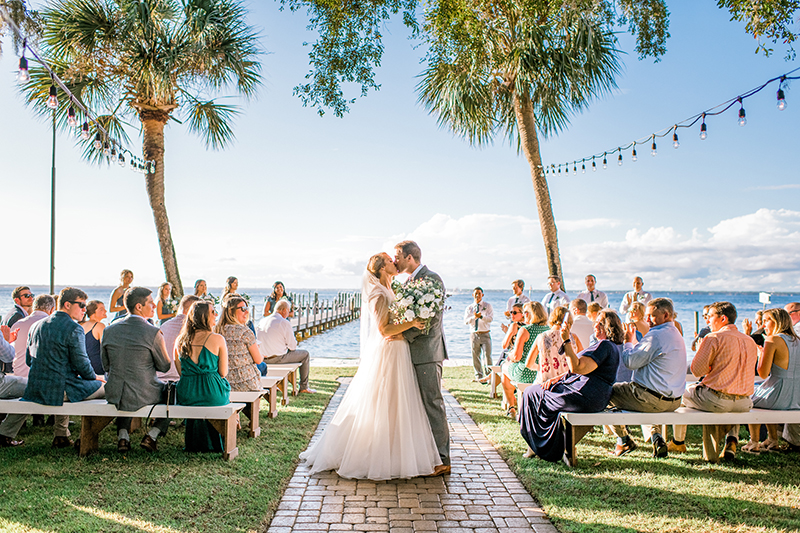Top Tips to Wedded Bliss
Northwest Florida’s etiquette experts offer up their most utilized rules for wedding planning
By Leanne Castro // Illustration by Rebecca Sumerall
You know it’s true — from the moment the two of you shared the news of your pending nuptials with family and friends you’ve been showered with all the love and light they could muster.
An unparalleled celebration, this season of romance, joy and laughter is perfectly designed to bring old friends together to create new, unforgettable memories. It’s a beautiful, once-in-a-lifetime kind of thing.
But remember, the wedding planning process is a delicate dichotomy. Along with all that love and bliss bestowed on you comes quite a bit of responsibility. When logistics come into play, there’s a lot of pressure and expectations thrust upon the happy couple. And the last thing you want is to offend someone dear to you.
Fear not, though. Professional etiquette experts like Elizabeth Redfearn of Redfearn Etiquette and John Gandy of John Gandy Events, have dedicated their lives to helping ease any sort of self-doubt that might be creeping into your mind right about now.
Here are their top 10 favorite tips for couples in the thick of planning.
- When putting together seating arrangements for the reception dinner, try to be thoughtful in your assignments. Sure, your guests are there for you — but they’ll really enjoy themselves if you take the time to seat them next to someone you know they’ll hit it off with. For an added personal touch and to help conversations flow, try putting a fun fact on everyone’s place card. Write quick notes like, “The fellow on your right served in the Peace Corps,” or “Aunt Lou, the woman to your left, is famous for her apple pie.”
“You have to be concerned with making sure the people who are sitting next to each other will get along,” instructed Redfearn. - There are several options for who can walk the bride’s mother down the aisle. It could be her spouse, son or even the groom. Or it could be the head usher. The bride’s mother should be the last person to be seated before the ceremony starts.
- A bride should give her guests until two weeks before the wedding to RSVP. Any time after that will risk complicating the catering company’s final head count.
- In this modern age, anybody can walk the bride down the aisle, be it her father, uncle or girlfriend. “A lot of independent women,” explained Gandy, “want that to be their moment and they don’t want to be ‘given away.’ There are no rules now.”
- Deciding whether to allow children to attend the ceremony and reception is a touchy subject. Both Redfearn and Gandy have encountered countless instances involving wedding guests who took little heed to the wedding party’s request for no children.
To avoid coming off as abrasive by writing “no children allowed” on the invitation, Redfearn recommends including the names of every person invited on the invitation envelope. Ipso facto, if the child is invited to the wedding, his or her name will be included on the envelope. If it is not, well then, you get the idea. Gandy also noted the possibility of offering a babysitting service onsite for those attendees with children too young to be left alone. - Being a bridesmaid can get pretty expensive. Eventually, the costs of the luncheons, bridal showers and dresses start to add up. Due to this, Gandy shared, brides encounter bridesmaids backing out of their duties more often than one might think. “A lot of people accept in the excitement of the moment and then they realize the expenses involved,” Gandy disclosed. “They can’t necessarily afford to do it. If somebody can’t afford to participate in your wedding but they’d still like to be a guest or if they can’t come at all, the gracious thing for the bride to do is to be understanding and not make them feel bad.”
- Another cost that accumulates during the wedding planning process is that of sending invitations. There are certain people in the bride and groom’s life — such as grandparents who live far away and are unable to travel — who you think it’s futile to send an invitation, knowing quite well they will not be able to attend. But experts urge couples to send out invitations as a courtesy to anyone they know would be honored to receive the memento as a keepsake.
- Erring on the side of inclusiveness with invitations is true when it comes to deciding who in the office to invite, as well. “My rule of thumb is that if you would go out to dinner with them, include them. If you’re inviting everyone but one person, that’s the sort of slight that you might not want to have,” Gandy said.
- More and more women are getting married later in life or for a second or third time. With this change, some of the wedding traditions alter slightly. “Typically, the attire and bridal party size would change with a second or third wedding, or an older couple — but, to each his own,” Gandy said. He added that it is probably not appropriate to have a wedding registry for a second or third wedding. Redfearn echoed those sentiments as well. For these types of ceremonies, simplicity is often key.
- 10. During the planning process, don’t rely exclusively on social media. For the millennial bride this can be a particular challenge, but in years to come you’ll be thrilled to have a physical copy of your wedding announcement instead of a link to a Facebook post.




